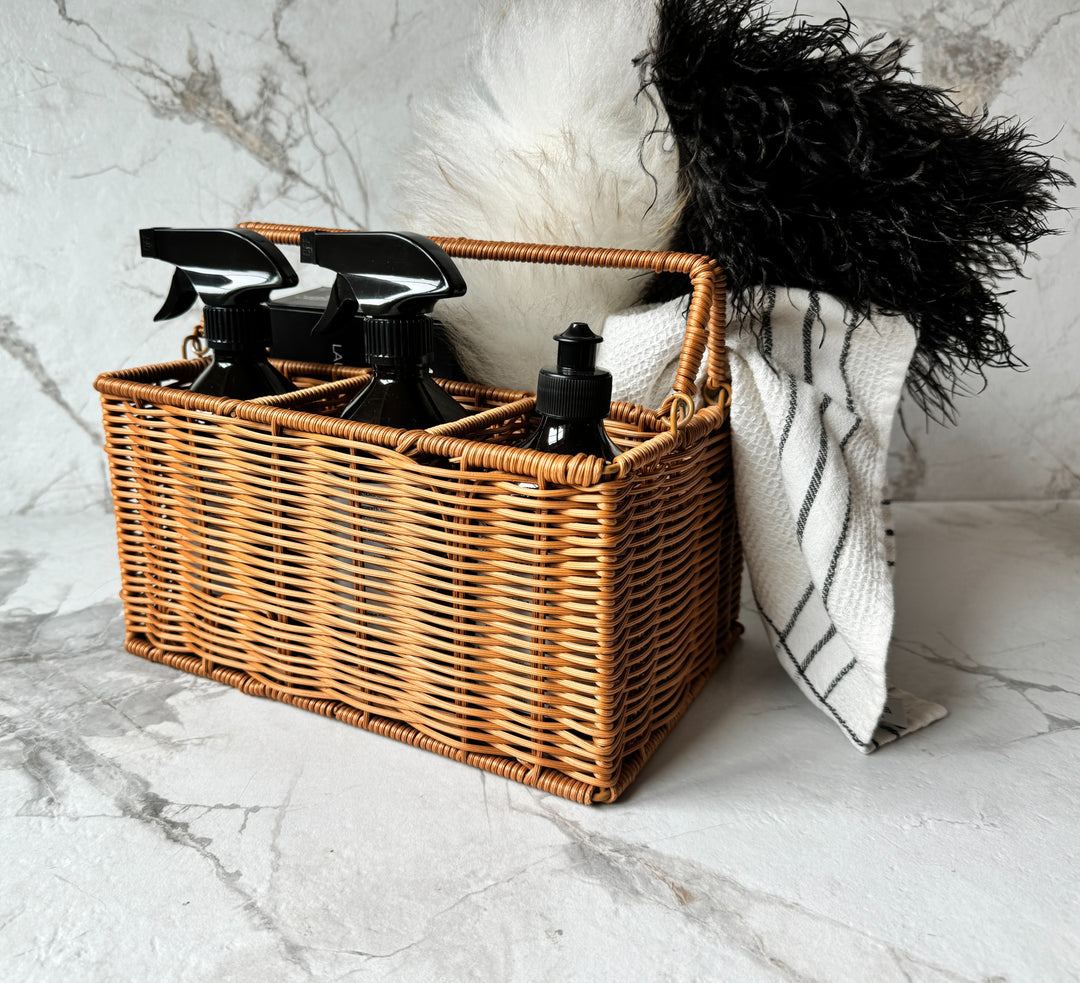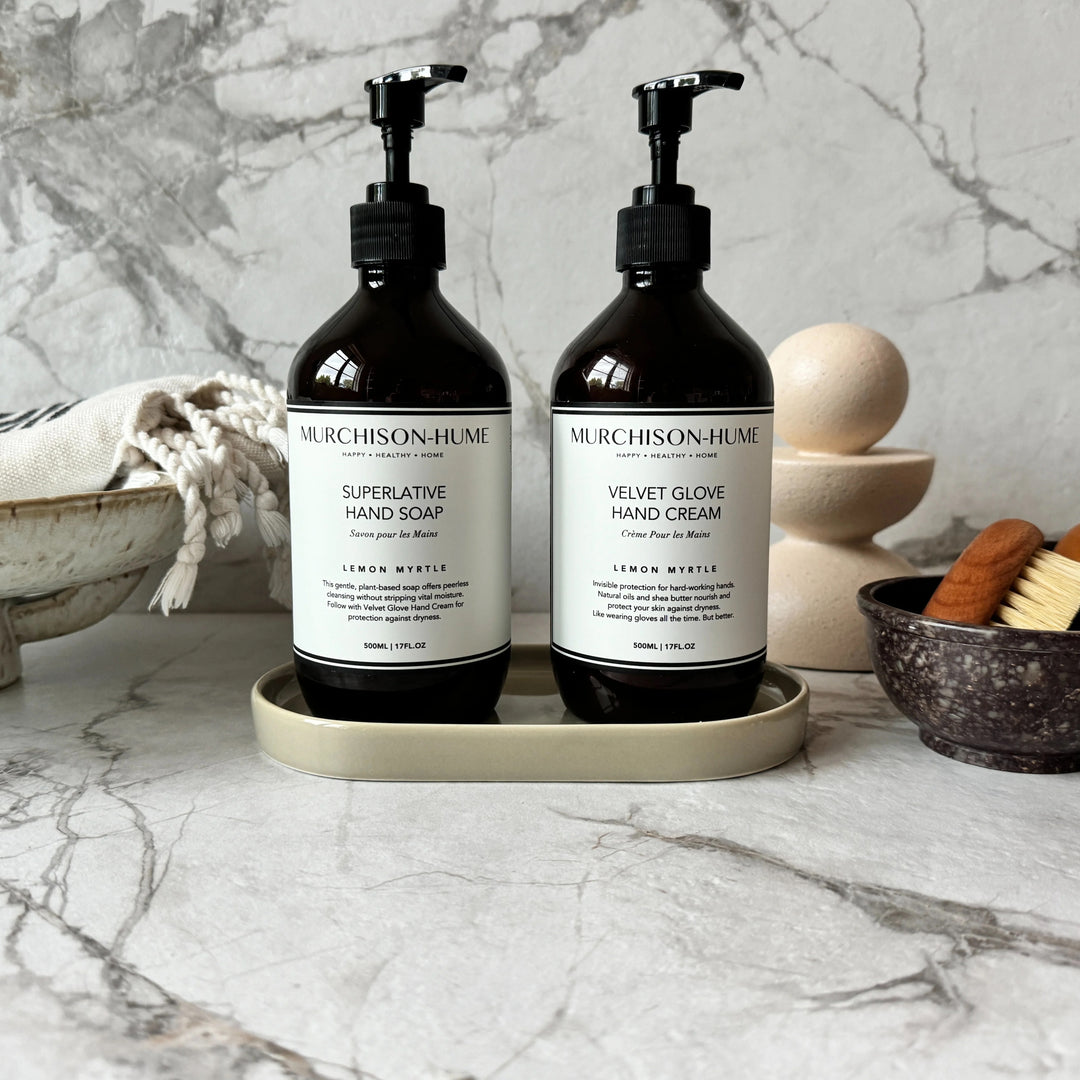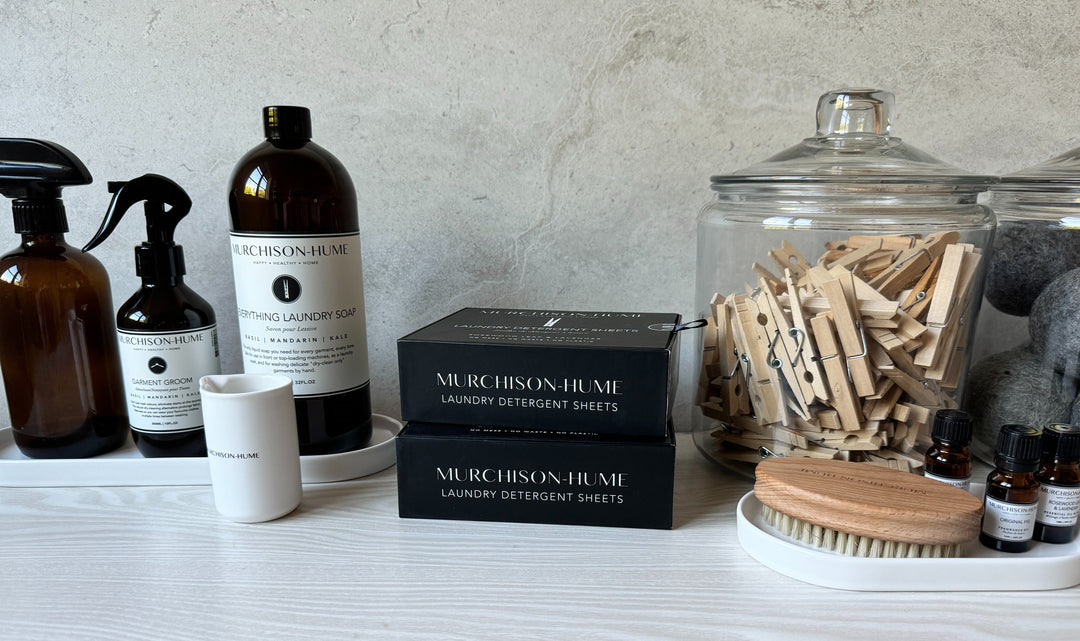While your furniture and artwork are central to your home’s decor, there’s something about bringing the outdoors in that can brighten up your space better than any rug or couch can. But if you’re worried that some plants can be too hard to care for, you’re not alone: I’ve single handedly killed dozens of them before I learned how to properly care for indoor houseplants.
Of course, it’s important to know which types of vegetation thrive in an environment like yours—is it naturally bright with tons of direct sunlight? Are all of your windows centralized in one room of your apartment? Do you live in a naturally dry climate? All of these things are important to consider.
Ahead, find five essential tips to make sure your houseplants thrive for years—yes, years!—to come.
Water On individual Schedules
I used to water all my plants on the same standardized schedule of every five days, which is generally when the topsoil would start to dry out. While my instincts were right—many plants need to be watered enough to keep the topsoil moist—I repeatedly saw some plants thrive while others died within weeks. Instead of putting every plant on the same feeding schedule, take stock of its individual needs: My large snake plant, for instance, only needs to be watered once every other week because it prefers to have its soil dry out before it’s thirsty for more. My ficus tree, however, needs at least 1.5 liters of water per week. The moral is this: Keep a consistent watering schedule for each plant, which is usually when the top 50-75% of the soil is dry. If you accidentally let your plant’s soil dry out completely, branches may go limp, or leaves droop and crisp up. If the soil is extremely dry through the pot, a good soak might be in order.
I highly suggest leaving these stylish amber glass bottles with our spray triggers next to your thirstiest plants. Not only is it a good reminder to water regularly, but they blend in seamlessly with the rest of the decor around my house.
Solve The Sunlight Question
It’s just as important to find the right amount of sunlight for your plant. While there are tons of exhaustive lists out there about which plants need what, here are some of the most common ones: Both snake plants and spider plants love bright, direct sunlight, while Dumb Cane, rubber plants, and Dracaena prefer lots of filtered, indirect light. Before you decide which plant to get for the empty corner of your room, make sure it’s conducive to healthy growth.
Get Some Fertilizer
Most houseplants enjoy a growth spurt in spring and summer, so this is the best time to fertilize them. Just like overwatering, it's possible to overfeed your plants (which can burn their roots and stunt their growth). Instead, look for the right fertilizer—flowering plants usually need equal amounts of nitrogen, phosphorus, and potassium), while non-flowering plants are often less fickle.
Remember The Two Ds: Dust and Deadhead:
Just like with any other surface in your home, plant leaves collect dust, too. While you can take a soft-feathered duster or a cloth to most smooth-leaved plants every week, you should also wash them with room-temperature water once a month. Do this before you mist them, as it'll help them to soak up more water and light.
Don’t Hesitate to Repot
If you notice your plant is outgrowing its pot, don’t just cut it back—repot it! A telltale sign is when you see the roots are circling the inside of the container, so if the plant has outgrown its pot, transfer it into a slightly larger container with fresh repotting soil.
Enjoy your brighter, livelier home—and snap us a pic of your thriving indoor garden!
Xx LC







